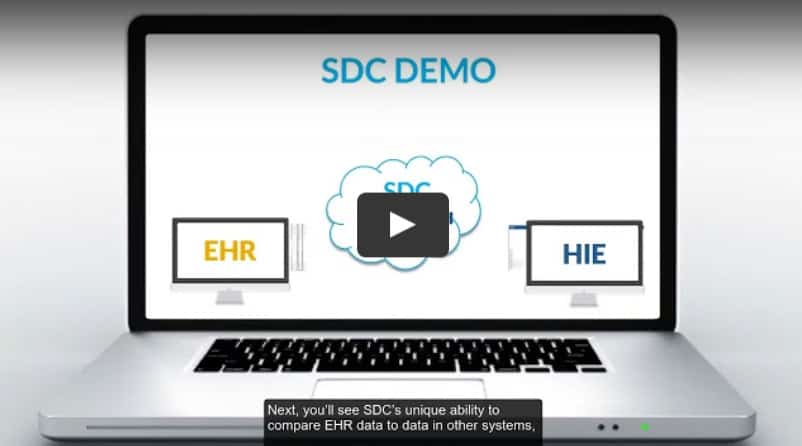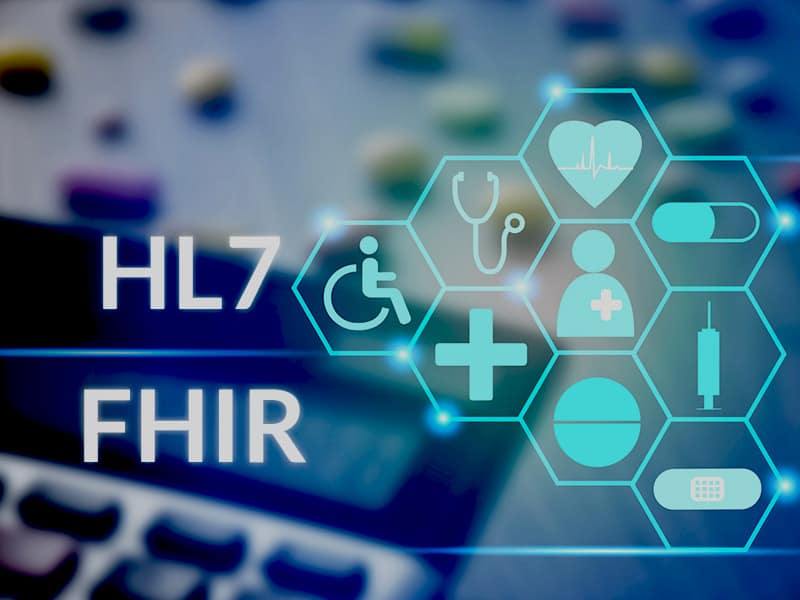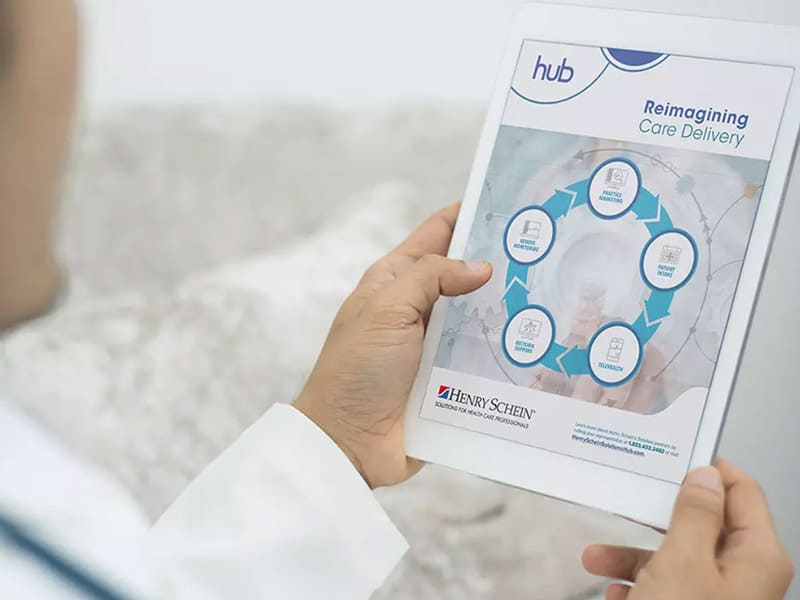Interoperability Continues to be a Challenge as OIG Finalizes $1 Million Penalty for Information Blocking
While OIG penalties will hopefully accelerate progress on the road to interoperability, there are still many speed bumps.

The journey toward achieving seamless healthcare interoperability has been fraught with both progress and persistent challenges. The enforcement of penalties by the Office of Inspector General (OIG) against information blocking is a significant milestone in driving healthcare entities towards prioritizing EHR integration. While OIG penalties will hopefully accelerate significant forward movement, our path toward achieving true interoperability remains marred by many hurdles.
OIG Penalties: Catalyzing Progress through Accountability
The OIG’s penalties against information blocking have been a game-changer in healthcare interoperability. They’ve brought the issue of interoperability to the forefront and provided a compelling incentive for healthcare entities to break down data silos and prioritize the frictionless sharing of EHI.
Effective September 1, 2023, the penalties are in place for the OIG to impose on entities found guilty of information blocking. The ability to enforce penalties is a significant stride towards a more interconnected healthcare landscape, marked by enhanced care coordination and a competitive marketplace. However, as we delve deeper into the complexities of achieving interoperability, it is crucial to understand the challenges from the trenches.
Healthcare Interoperability: The Obstacles are Real
Here are some of the most significant EHR integration obstacles currently in the care trenches:
-
Lack of Nationwide Standardization:
Despite efforts to establish interoperability standards like HL7 and FHIR, there remains a lack of nationwide standardization across healthcare IT systems and data formats. Different vendors may implement these standards differently, leading to compatibility issues and complexities during integration.
-
Data Quality and Consistency:
Inconsistent data quality and completeness across EHRs pose a significant challenge. Variations in data entry, coding practices, and terminology can result in errors and misinterpretations during integration, affecting patient care and data accuracy.
-
Fragmented Health IT Systems:
Achieving interoperability extends beyond EHR integration. Fragmentation in the health IT landscape includes various systems such as laboratory systems, radiology systems, billing systems, and more. Bridging these gaps is essential for comprehensive data exchange.
-
High Integration Costs:
While efforts have been made to make EHR integration more affordable, it can still be costly, especially for smaller healthcare providers. The need for specialized IT staff, software licenses, and infrastructure upgrades can strain budgets.
-
EHR Vendor Lock-In:
EHR vendors are notorious for making it difficult to switch to another EHR vendor. When a healthcare organization is locked into a specific EHR vendor that is no longer meeting the organization’s needs, it becomes very challenging to adopt newer, innovative and interoperable technology solutions.
-
Health Disparities:
Not all healthcare settings have uniform access to interoperability solutions, potentially exacerbating health disparities. Smaller practices, underserved communities, and rural healthcare facilities face more significant challenges in achieving interoperability.
-
Legacy Systems:
Many healthcare organizations still rely on legacy systems that were not designed with interoperability in mind. Integrating these systems with modern EHRs and other systems can be complex and costly.

While OIG penalties have propelled us toward improved healthcare interoperability, these formidable challenges underscore the complexity of achieving full interoperability. Addressing these issues requires continued collaboration among healthcare stakeholders, ongoing technological advancements, and a commitment to enhancing the healthcare technology landscape to ultimately benefit patient care and the healthcare system as a whole.
Smartlink overcomes these interoperability obstacles with its flexible Integration Platform-as-a-Service (iPaaS), Smartlink Data Connector (SDC). SDC can do traditional integrations via interfaces or databases, when appropriate. But what makes it unique is its ability to circumvent all the challenges of EHR and other system integration by extracting and inserting data via the user interface (UI). If you’re looking for a way to solve integration challenges, contact us at info@smartlinkhealth.com.

Smartlink overcomes these interoperability obstacles with its flexible Integration Platform-as-a-Service (iPaaS), Smartlink Data Connector (SDC). SDC can do traditional integrations via interfaces or databases, when appropriate. But what makes it unique is its ability to circumvent all the challenges of EHR and other system integration by extracting and inserting data via the user interface (UI). If you’re looking for a way to solve integration challenges, contact us at info@smartlinkhealth.com.



